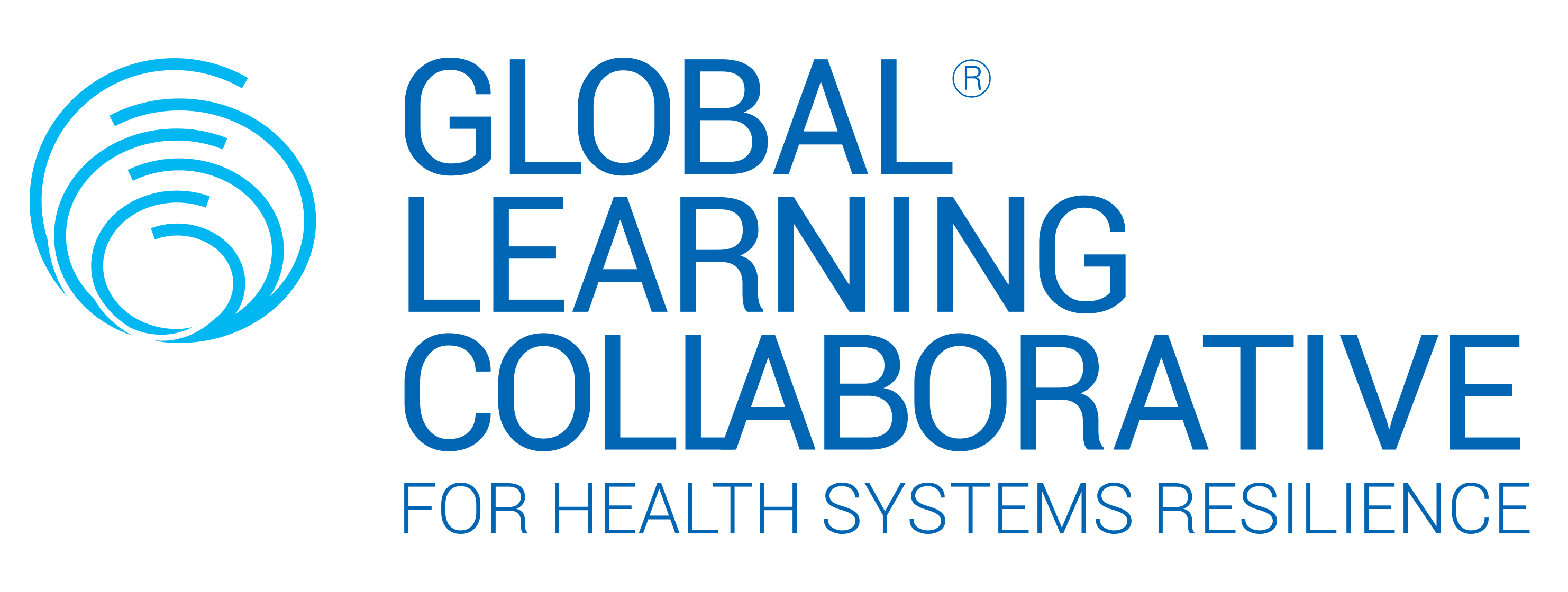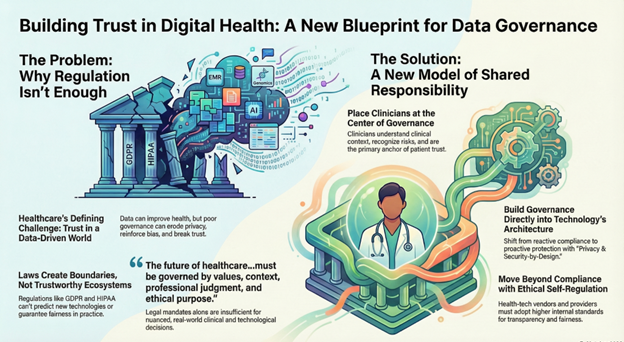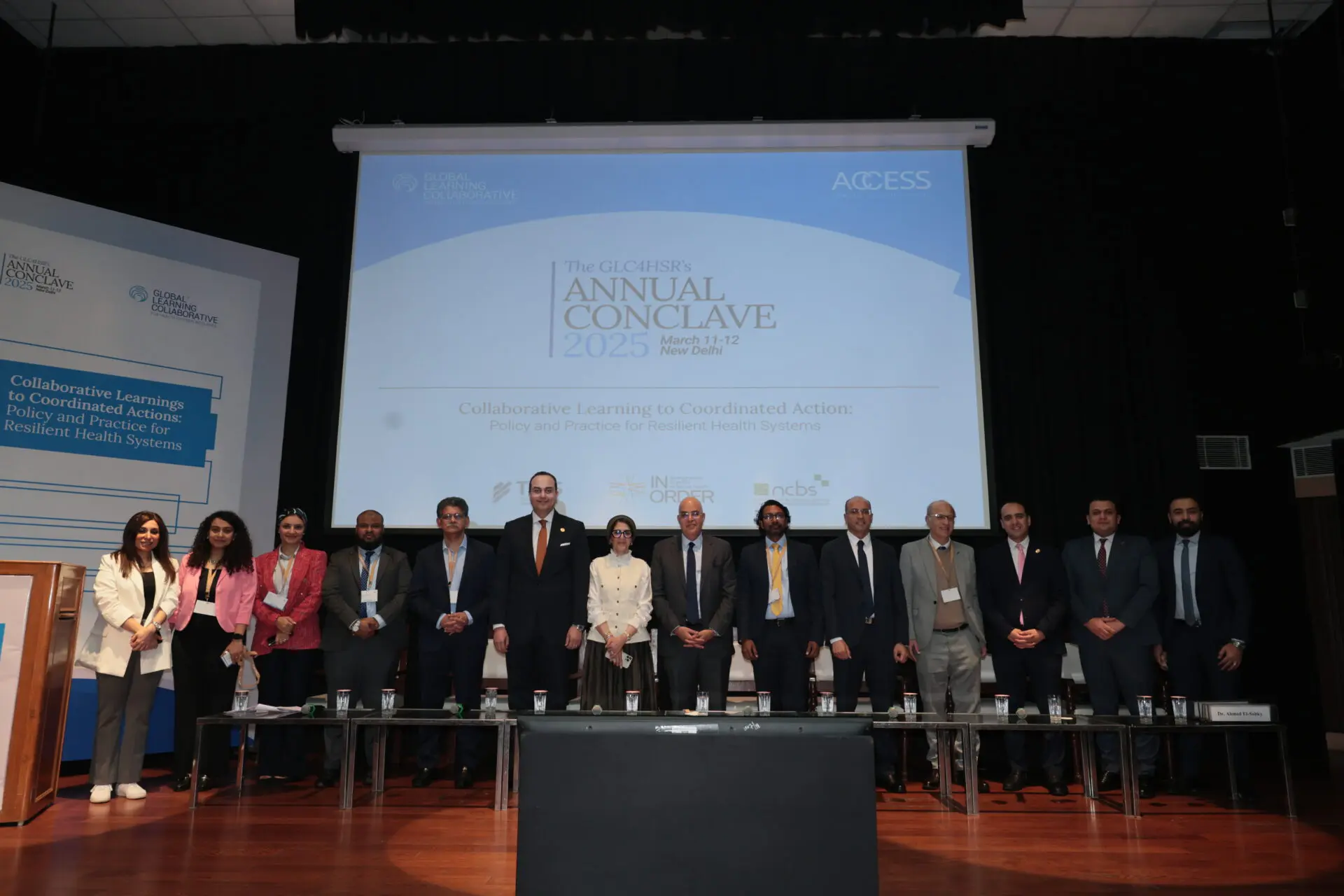Exploring Diverse Pathogen Transmission Routes: Broadening the Scope of Disease Surveillance
Updates ▪ Aug 31, 2023
An effective disease surveillance system is imperative to ensure that diseases are identified early, especially to mitigate their impact on humans and health systems. Surveillance can be defined as the continuous, systematic collection, analysis, and interpretation of health-related data (1). It involves the subsequent reporting of any significant findings to drive change through appropriate action. Traditional surveillance methods are largely dependent on disease investigation and data for the same is accessed from service delivery points, which is often fragmented and time-consuming, delaying emergency response time.
Due to COVID many other methods of surveillance have again taken prominence and has been used to augment the traditional methods (2). These include methods like the use of Artificial intelligence, and machine learning, and older surveillance methods like wastewater and genomic surveillance which have been used during recent pandemics like COVID–19 and Ebola.
The use of artificial intelligence, digital platforms, big data analytics, machine learning, and virtual health care are just a few of the innovative technologies that have evolved in recent years, aiding disease surveillance methods. There has been tremendous growth and advances in healthcare technology such as virtual (remote) care and medical devices. The data collected from these devices can be used to detect any unusual spikes in diseases. Genomic surveillance has been used for virus detection and tracking. Wastewater surveillance is a method of disease surveillance used since the 1930s when it was used for polio detection (3). This sentinel system has been expanded and repurposed for the detection of COVID–19 across nations. Climatic surveillance helps us plan in advance for diseases that are anticipated seasonally. It also enables the assessment of the impact of extreme weather events on disease progression (4).
In this discussion, we would examine the various evolving surveillance methods used in health care and how these methods were useful in addressing pandemics.
Evolving Science of Surveillance methods
Genomic surveillance
Genomic surveillance entails monitoring pathogens constantly and analyzing gene variations and similarities (5). Genomic sequencing for virus detection and tracking, as well as assessing virus transmission patterns, have been used as a method of surveillance. This can be used to detect new variants and track trends in circulating variants (6). It is critical to have accurate and real-time data during any outbreak, and genomic technologies have the potential to provide genomic insights on disease origin, transmission, and evolution.
The Ebola virus accelerated the advancement of genomic technology, and in 2014, Kenema Government Hospital (KGH) established EBOV surveillance near the epicenter (Kenema, Sierra Leone) of the Ebola outbreak (7). South Africa built world-class capacities for genomic surveillance of COVID-19 (8). Genomic sequencing, in conjunction with epidemiological data, can make an important contribution to having real-time data on variants and their biology (9).
Sewage surveillance
Wastewater epidemiology has been used since the 1930s to detect the spread of infectious diseases. Artificial intelligence is being used in the wastewater industry to improve water quality and reduce pollution (10). During sewage surveillance (part of wastewater epidemiology), sewage samples are taken and examined for signs of infected individuals in the sewer area. Polio and Typhoid have been detected in sewage samples, and the WHO's Polio eradication initiative relied on the absence of poliovirus in sewage samples. Furthermore, sewage surveillance was used in the COVID-19 pandemic to detect infected people who shed viruses in their feces. As a result, it gave an early warning of COVID-19 transmission (11).
Climatic Surveillance
Several diseases are known to be dependent on seasonal variation. In addition, many climate hazards like floods, heatwaves, and droughts increase the population’s vulnerability of the population and increase vector breeding rates. Climatic surveillance uses early warning systems to anticipate risks and in turn trigger early warning responses. In a rapidly changing global climate scenario, early warning systems enable augmenting adaptive capacity and help in prioritizing resources based on the anticipated risks (4).
AI-based surveillance
The use of AI-enabled techniques as a supplement to statistical methods has grown significantly in recent years, including but not limited to deep learning-based models (12). AI-based surveillance can track the spread and transmission of viruses, diagnose cases, and aid in treatment. Artificial intelligence start-up Blue Dot from Toronto detected a COVID-19 outbreak in Wuhan, while Alibaba, a Chinese AI technology, paved the way for rapid detection of coronavirus via CT scan. Furthermore, many countries used AI for tracing and containment of coronavirus, such as China, where AI was used for contact tracing and managing the priority population. Israel declared that it will use digital surveillance for virus containment. Singapore developed an app (TraceTogether) used for rapid contact tracing. During COVID-19, a contact tracing app called Aaroya Sethu was widely downloaded and used in India (13). Singapore, on the other hand, used an AI-based chatbot named SGDormBot for the symptomatic screening of migrant workers (14).
The data collected by using AI for health provisioning can also be used to detect untoward events and act accordingly. AI techniques such as Natural Language Processing (NLP) and Automatic Speech Recognition (ASR) are some of the widely used methods during a pandemic. They can be used to record the data quickly for usage. The interactions between the doctors and patients during telemedicine consultations can hence be used to detect untoward spikes. AI-based imaging and robotics were widely used for the detection and management of COVID-19. This was used extensively for thermal screening and detection of fever spikes in public places (15).
Social media and cyberspace surveillance in healthcare
The data through geospatial tracking of the population has also been useful for epidemic management. Google flu trends have helped in tracking the disease pattern and predicting the trends much earlier than symptomatic clinical detection. Thus, tracking and analyzing the search queries can assist in predictions of upcoming waves or spikes in cases for outbreak management.
Similarly, social media-based public health intelligence monitoring techniques also provide situation-specific awareness about potential health threats and support surveillance activities (16). Surveillance data can be gathered through social media and crowdsourcing. Social media sites such as Twitter, Facebook, Google, and Reddit have been successfully used to study health outcomes and behavior. Data processed through such techniques from social media has been used successfully in monitoring and forecasting disease outbreaks such as MERS, Zika, and Ebola, among others. This, helps researchers to understand the disease activity and perceptions of the public, therefore, enabling improvising the modeling of the COVID-19 infection rate (17). Hence, digital surveillance has made it possible to quickly gather information about events in an organized manner, which has greatly aided event-based surveillance (16).
Conclusion
Repurposing the older methods of surveillance and recent advancements in surveillance techniques have been shown to be efficient in managing and responding to outbreaks. Artificial Intelligence and Machine Learning methods help us in detecting, diagnosing, screening, classification, drug repurposing, predicting, and forecasting any abnormal events. Data from health records can also be used for innovative disease detection and treatment methods. Therefore, their use in conjunction with common surveillance methods can help the health systems become more prepared and robust for future health crises. They have the potential to augment the predictive ability and also hasten the response to the challenge. The use of new-age technology also helps to improve pandemic preparedness since it enables us to evaluate historic data and learn from past lapses. Hence, developing an integrated surveillance system would greatly enhance the flow of surveillance information through the health system.
Authors: Dr. Mehnaaz Kabeer (Research Associate) and Sushma D'Souza (Project Officer) ACCESS Health International
References
- Surveillance in emergencies [Internet]. [cited 2023 Jan 31]. Available from: https://www.who.int/emergencies/surveillance
2. Chapter 22. Artificial intelligence–enabled public health surveillance—from local detection to global epidemic monitoring and control | Elsevier Enhanced Reader [Internet]. [cited 2022 Dec 21].






